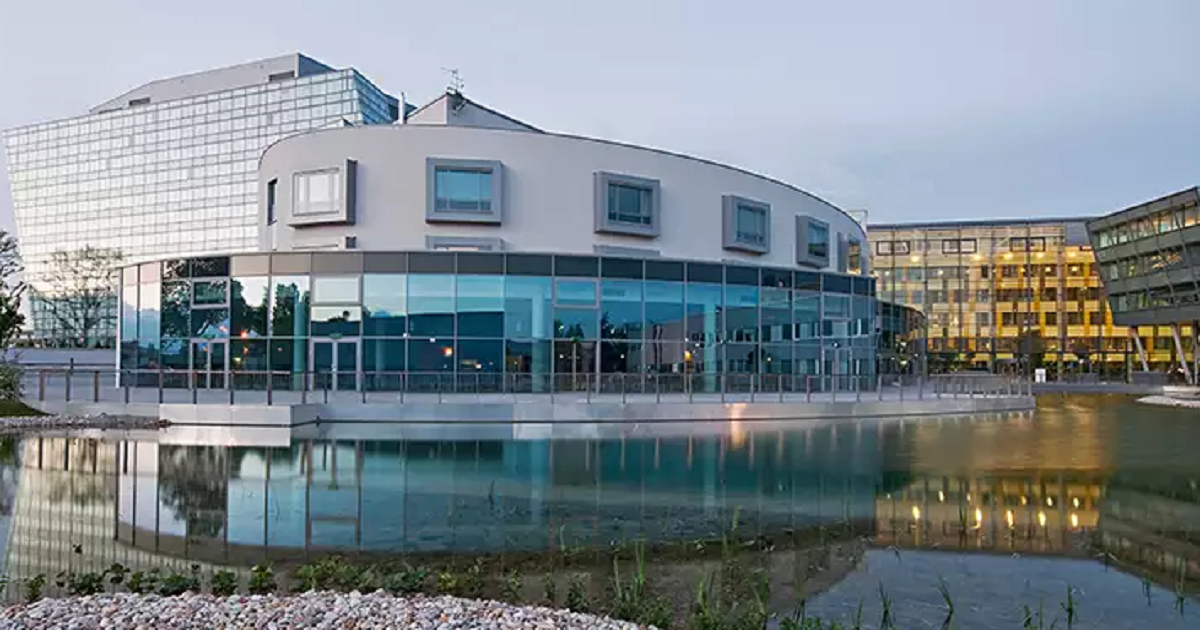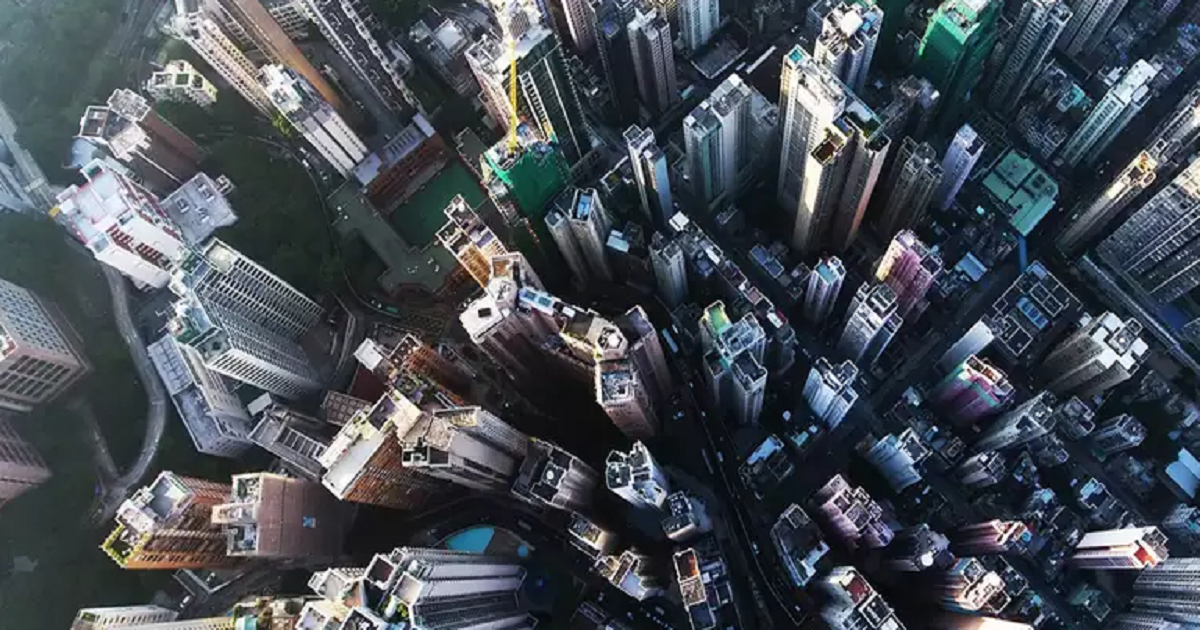5G to the rescue. How communities will be safer, healthier and more resilient with 5G

Together, our local governments and global public-safety communities are tackling an era of environmental disasters, social unrest, and an ongoing global pandemic. The advanced capabilities of 5G technology are an important partner in responding to these challenges and providing aid with safety and success.
5G-enabled technologies open up crucial opportunities to improve safety, health, and well-being on a daily basis and can help address vast challenges like COVID-19 more effectively. COVID-19 has already accelerated the use of wireless technologies for telemedicine consultations, remote CT scanning and drones to deliver essentials to virus-containment zones
5G is already becoming a reality, enriching services for many consumers around the world. But it's poised to do much more: how can our communities benefit from 5G’s speed, low latency and network slicing capabilities to improve safety and health? For most cities and larger-scale communities, the 5G evolution starts with enhancements to 4G/LTE capabilities, which are the foundation of many public safety services right now.
FirstNet, the United States nationwide public safety broadband network, is using this “future-proof” approach as part of their network buildout across the US. Seamless migration to 5G is then possible through a software upgrade and as specific devices become more widely available. The FirstNet public-safety broadband system already serves 1.2 million subscribers and more than 10,000 public-safety organizations.
One key short term benefit of 5G is its ability to enhance LTE/4.9G capacity in specific locations while meeting the low-latency requirements needed for critical communications. With 5G, public safety agencies will now expand their use of connected devices, like sensors, body cameras, and health and safety devices, as well as high-resolution video, to benefit from real-time information for better situational awareness.
The first new “super” powers and where they’re already at work
Here are key examples where 5G provides important enhancements to 4G public safety applications, along with more advanced capabilities.
Expanded support for real-time video and immersive applications
4G already supports cameras on remotely controlled drones or automated vehicles — for real-time views into risky emergency scenarios, such as forest fires. But 5G takes it to a new level, supporting more cameras in specific hotspots, with higher-resolution, 360º, and thermal-imaging capabilities that provide more meaningful images. Sendai City and Nokia successfully tested speakers, streaming HD video, and thermal cameras mounted on drones, finding that they facilitate disaster prevention and mitigation without putting emergency teams in harm’s way.
The next phase of 5G will focus on low-latency communications, to allow haptic/tactile remote control of drones, as well as automated fleets of high-speed drones.
Smarter vehicles that are connected and fully automated
Organizations like Vision Zero are aiming for zero traffic deaths worldwide. And 5G can play a key role in advancing traffic safety, by supporting assisted driving and fully automated vehicles. In a use case test in Spain, Nokia and partners have already shown that connected vehicles, in a real urban environment, can be warned of unseen hazards on the road ahead.
To keep emergency teams safer, automated vehicles can also be used to deliver food, fuel, and other essentials into hazardous environments such as supporting front-line firefighters or provide medical instruments in COVID-19 containment zones.
Healthcare services that are faster, more sophisticated and more accessible
5G can be invaluable for improving regular, daily health care, as well as saving lives in critical moments. By supporting new telemedicine resources, it can help reduce the need for aging or disabled citizens to make difficult journeys to doctors’ offices.
For emergency healthcare, 5G can help put medical knowledge right where it’s needed most. As demonstrated in Dubai, an ambulance can be directly connected to an emergency room doctor, and the physician can begin examining a patient before he even arrives on site, using VR goggles. The connection enables an augmented-reality, immersive view of the patient and paramedic, with IoT-enabled diagnostic tools allowing the patient’s vital signs to be monitored in real-time.
These kinds of advances, including remote care, can be vital in helping cities quickly diagnose, contain and treat cases, such as COVID-19, and adapt their practices to more effectively support telemedicine operations.
Immersive applications for first responders
5G can also transform front-line emergency efforts by enabling augmented-reality applications that give first responders more sophisticated tools for acting quickly, efficiently and safely. For instance, augmented night vision can be used to move through areas of low visibility, such as smoky buildings, and locate people needing assistance.
Broad adoption of connected devices
By supporting the widespread use of sensors, biometric devices, and body cameras, 5G will let public safety agencies dramatically increase their use of data to meet a wide range of goals, including combating climate change and its effects on public health. China Mobile, in cooperation with the University of Helsinki, University Beijing, and Nokia, has already demonstrated the importance of low-cost sensors. By connecting massive numbers of them, along with a limited number of highly accurate measurement stations, cities can finally create an accurate citywide air quality index.















Tag